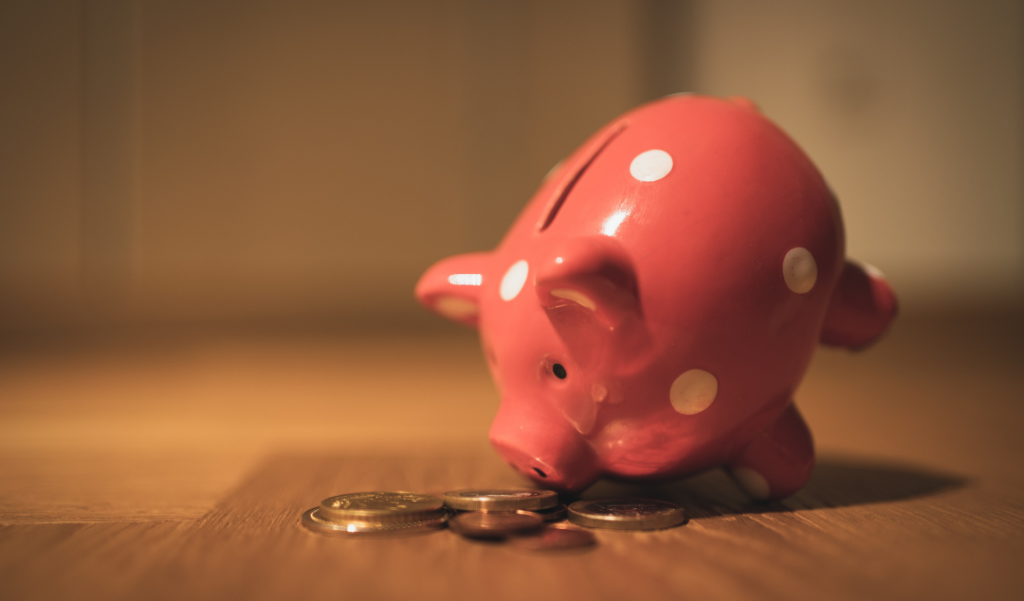Exploring The Enchanting Great Himalayan National Park | How To Reach
1. Introduction: A Wilderness Wonderland
The Great Himalayan National Park (GHNP) is a UNESCO World Heritage Site located in the northern Indian state of Himachal Pradesh. Encompassing an area of approximately 1,171 square kilometers, this park is renowned for its breathtaking landscapes, diverse ecosystems, and rich biodiversity.

Established in 1984, the Great Himalayan National Park is characterized by its rugged terrain, comprising steep slopes, deep valleys, and snow-capped peaks, including several towering summits exceeding 6,000 meters in elevation. The park is part of the larger Western Himalayan region and is situated within the prominent Western Himalayan biogeographic zone.
One of the highlights of the Great Himalayan National Park is its rich wildlife. The park provides habitat for several endangered and elusive species, including the elusive snow leopard, Himalayan brown bear, musk deer, blue sheep, and Himalayan tahr. Other notable mammals found here include the Himalayan black bear, ghoral, serow, and leopard.
Visitors to the Great Himalayan National Park can explore its pristine wilderness through various trekking routes and nature trails. The park offers stunning vistas of snow-clad peaks, cascading waterfalls, and lush valleys, providing a surreal experience for adventure seekers and nature lovers alike.
Overall, the Great Himalayan National Park stands as a testament to the awe-inspiring beauty and ecological richness of the Himalayan region, offering visitors a unique opportunity to immerse themselves in nature and witness firsthand the wonders of this majestic landscape.
2. The Untamed Terrain
GHNP spans over 754 square kilometers of pristine wilderness. Its rugged terrain includes dense forests, alpine meadows, and snow-capped peaks that seem to touch the heavens. As you step into this realm, prepare to leave behind the noise of civilization and embrace the symphony of nature.
3. Flora and Fauna
The park boasts an impressive array of flora and fauna:
- Coniferous Forests: Towering deodar, pine, and spruce trees create a green canopy.
- Wildlife: Spot elusive creatures like the snow leopard, Himalayan tahr, blue sheep, and the elusive western tragopan.
- Birdwatcher’s Paradise: GHNP hosts over 375 bird species, including the vibrant Himalayan monal.
4. Trekking Trails
For trekkers, GHNP offers a plethora of trails:
- Tirthan Valley Trek: Follow the Tirthan River, crossing wooden bridges and quaint villages.
- Sainj Valley Trek: Traverse lush meadows and rhododendron forests.
- Rolla Trek: Reach the serene Rolla meadows, surrounded by snow-clad peaks.

5. Serene Villages
Explore the traditional Himachali villages within the park. Meet warm-hearted locals, savor local cuisine, and learn about their sustainable way of life. Don’t miss the chance to stay in a cozy homestay and experience mountain hospitality.
6. Responsible Tourism
GHNP encourages responsible tourism. Respect the environment, avoid littering, and follow eco-friendly practices. Remember, you’re a guest in this pristine wilderness.
7. Best Time to Visit
- Spring (April to June): Blooming flowers and pleasant weather.
- Autumn (September to November): Clear skies and vibrant foliage.
- Winter (December to February): Snow-covered landscapes for the adventurous.
8. Permits and Regulations
Obtain the necessary permits from the GHNP office in Shamshi. Follow park rules, stay on designated trails, and immerse yourself in the natural wonders.
- Entry Permit:
- Visitors to GHNP are required to obtain an entry permit, which is available at the designated entry gates or park offices.
- The entry permit is necessary for both Indian and foreign tourists and helps in regulating the number of visitors to the park.
- Research Permits:
- Researchers, scientists, and documentary filmmakers interested in conducting studies or filming within GHNP must obtain special permits.
- These permits facilitate research activities while ensuring minimal disturbance to the park’s ecosystem.
- Trekking Permits:
- Trekking within GHNP requires obtaining trekking permits, especially for treks that extend into the core zones of the park.
- These permits help in managing visitor flow and ensuring the safety of trekkers in the rugged terrain.
- Regulations for Wildlife Viewing:
- Visitors interested in wildlife viewing must adhere to specific regulations to minimize disturbance to the park’s fauna.
- Guided tours led by trained naturalists or park officials may be required for certain wildlife viewing activities.
- Waste Management and Conservation Rules:
- GHNP follows strict waste management and conservation rules to maintain the pristine environment of the park.
- Visitors are expected to follow responsible tourism practices, including proper disposal of waste and avoiding activities that harm the park’s biodiversity.
- Seasonal Restrictions:
- Certain areas within GHNP may have seasonal restrictions or closures, particularly during the winter months when heavy snowfall occurs.
- It’s essential to check the park’s official website or inquire at park offices regarding any seasonal restrictions before planning a visit.
- Guidelines for Camping and Accommodation:
- Visitors interested in camping within GHNP must adhere to specific guidelines to ensure minimal impact on the environment.
- Accommodation options within the park, such as forest rest houses or eco-tourism camps, may have specific regulations that visitors need to follow.
By adhering to the permits and regulations set forth by GHNP authorities, visitors can contribute to the conservation efforts while enjoying the natural beauty and biodiversity of this pristine Himalayan wilderness.
9. Final Thoughts
As you breathe in the crisp mountain air and gaze at the star-studded night sky, you’ll realize that GHNP isn’t just a national park—it’s a soul-stirring journey. Let the Himalayas whisper their ancient secrets, and may your footsteps echo in harmony with the wild. 🏔️🌿✨
How To Reach The Great Himalayas National Park From Delhi
- By Air: Take a flight from Delhi to Bhuntar Airport (Kullu-Manali Airport). It takes about 1.5 to 2 hours. From Bhuntar Airport, Kullu town is around 10 kilometers away.
- By Road: Drive or take a bus from Delhi to Kullu, which is approximately 500 to 550 kilometers away. The journey takes around 12 to 14 hours via NH44 and NH154, passing through towns like Chandigarh and Mandi.
- Book A Cab: you can book a cab from our website along with a customized itinerary, or can hire just a cab for your next trip. So just do hurry. Call Us On: +911223577273
- By Train: There are no direct train routes to Kullu from Delhi. You can take a train to Chandigarh or Ambala and then continue your journey to Kullu by road via bus or taxi.
Here’s a table summarizing train options from Delhi to the nearest railway station for Kullu:
| Train Name and Number | Departure Time from Delhi | Arrival Time at Nearest Station | Charges (Approx.) |
|---|---|---|---|
| Himalayan Queen (52455) | 05:35 AM | 11:10 AM | ₹634 – ₹1,000 |
| Kalka Shatabdi (12005) | 07:40 AM | 03:00 PM | ₹3,682 – ₹5,149 |
| Paschim Express (22926) | 04:45 PM | 02:45 PM | ₹1,372 – ₹2,497 |
Please note that train schedules and charges are subject to change, so it’s advisable to check for real-time availability and pricing before planning your journey. You can check official Indian railway website:- IRCTC. Safe travels! 🚂🌄



